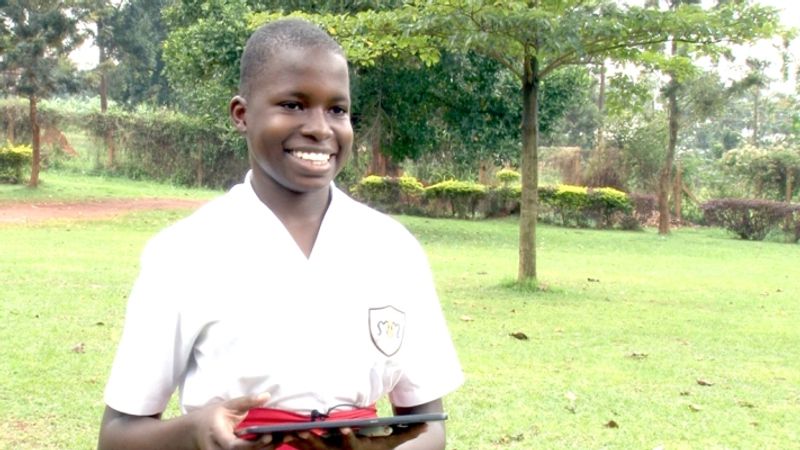
Why your child may soon need a tablet for learning
Teaching and learning methods in Uganda have been changing over time. Before the coming of missionaries in the 19th century learning was informal. People sat under trees, by the fireplace or anywhere else and listened to stories or learned a craft from their elders – no documentation. The missionaries introduced reading and writing, then the classroom. Today, with the digital revolution, the way we learn or are being taught in schools is changing again.
Today’s primary or secondary school learner can have access to the entire syllabus and all the necessary learning tools through just one small gadget, a tablet. This means that even if they stayed at home, they would still have access to what those in class are being taught. This is the digital learning system the National Curriculum Development Centre (NCDC) is introducing.
For now it is optional but with time we might just see the entire country migrate in that direction. Already some schools including Mt. St. Mary’s Namagunga, Nabisunsa Girls School, Ndejje S.S.S, Seeta Hill College Mukono, Buloba Christian High School and Gombe S.S.S have shown much enthusiasm about the system and are already paying for the tablets. Nearly 200 secondary schools have so far registered for the “Virtual Learn” project through which the system is being introduced and the NCDC believes that by the turn of 2018 more than 500 will have registered.
The NCDC tablet is customised. The purpose is to control the kind of information students should have access to. The virtual learn system, however, works with any tablet powered by android. So if you prefer to use a different tablet from that of the NCDC they just install the system for you.
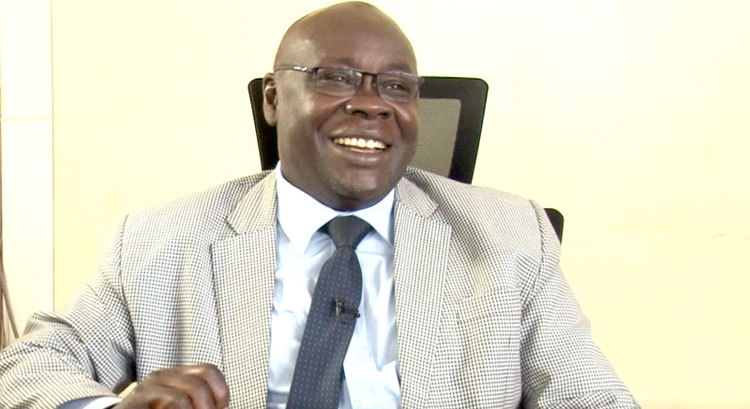
Virtual Learn project coordinator James Droti says digital learning will make learning more interesting for today’s learners
“What we have brought in is an innovation and this is specifically to help students be abreast with the age of technology,” says James Droti, the project coordinator and Head of Curriculum, Secondary. “Our learners like interacting with particularly things to do with ICT and therefore we feel that to interest them to learn we should upload the content for all the subjects on to a tablet so that they can access it at their convenience.”
The system is both online and offline and will allow students access the same content, as uploaded by the NCDC, wherever they are, including in rural areas.
How it works
The way it works is that the UNCDC uploads content – the syllabus, tests and other learning tools – on the system. When the tablet is online it downloads the content and thereafter the student has access to that information even when they are offline. The system also allows administrators see what the student is reading at any given time. Parents too can access information on what subjects their children are spending time on through their mobile phones.
“The reason we have developed it [virtual learn] is to provide a platform which will allow students to have access to quality information, unfiltered, and it can easily be used by all students whether rural or urban. With virtual learn students don’t need to write notes. They come to class, pullout the tablet, turn it on and open the application and they are ready to go,” says Ivan Mukasa Ssensalire, a software engineer and the Programme Manager of Virtual Learn.
Because students have access to the entire syllabus, they can read on their own, even ahead of the teacher, and assess themselves with the provided tests in the system. This implies that learning changes from what we have been used to, with the teacher dictating while students take notes, to a system where the teacher and the student can discuss about a given topic with the teacher facilitating.
“We want to shift from the traditional way of having the teacher centred approaches to our learning and teaching processes to learner centred approaches and technology is one such opportunity,” says Grace Baguma, the Director of NCDC.
“One of the challenges the country has and especially in education is that we have continued to do research and ask questions when technology is running faster than us. We need to harness the technology. The whole world has moved there,” Baguma adds.
At the moment the tablet costs slightly over UGX600,000 but this could go down to between UGX 200,000 and 300,000, if the NCDC gets the tax waiver it is seeking from the government.
Every generation has its challenges and opportunities. While many of us never got to see what a syllabus looked like, and never owned a mobile phone until we started working, today’s learners have technology through which they can access a lot of information right before them. Some of our neighbours including Rwanda and Kenya have already embraced ICTs in education. It is modern times and smart people move with the times. Digital learning here we come!





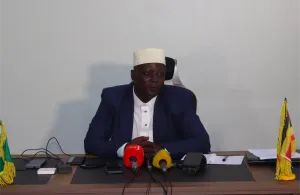

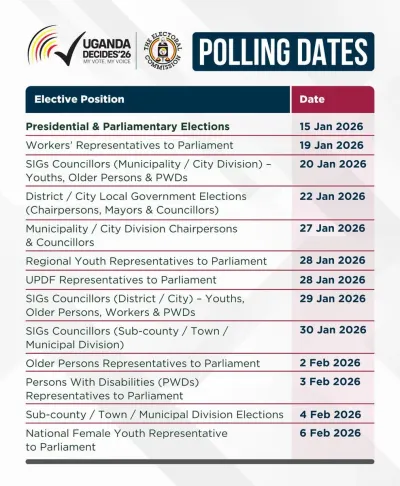

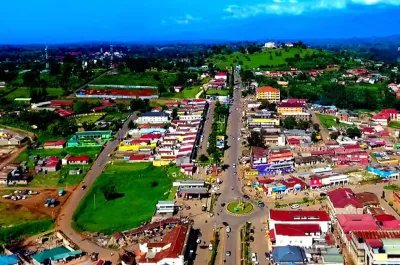





William Balikuddembe
William Odinga Balikuddembe, a Science journalist/Head of Research at the National Unity Platform (NUP)
Leave a Comment
Your email address will not be published.